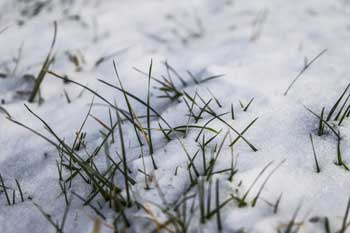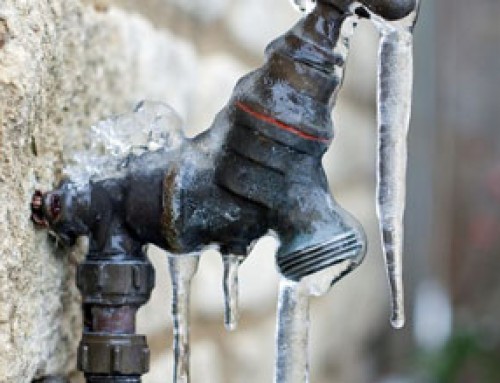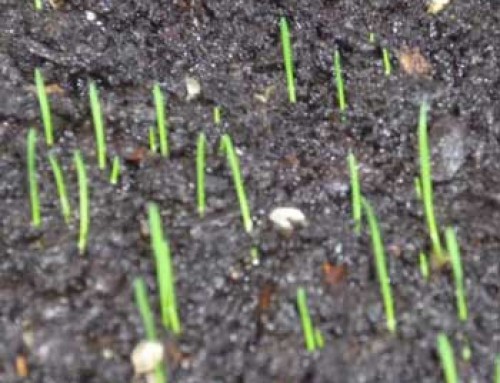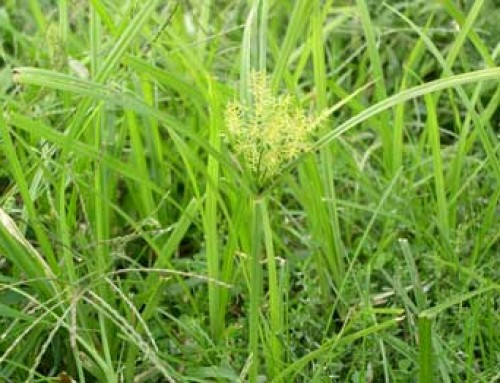Watering Lawn
We had a very dry September and October and recent rains were not enough to make up the water deficit. To keep your lawn, trees and shrubs healthy, it is very important to deep water your entire landscape to a depth of 9 inches or more before the ground freezes. Test your lawn’s need for water by probing it with a thin-bladed, 9–12 inch-long screwdriver. Rotate watering until the screwdriver will easily penetrate to at least that 9 inches.
Newly Seeded Lawn Care
- If you planted grass seed in late August or early September, your new grass may have already developed well enough to need mowing on a regular basis.
- If you planted later than September, the soil may have cooled enough to have slowed your seed’s germination and development considerably. This is normal but the less development your lawn has now, the more care it will need this winter.
- Once your new seedlings have developed enough to need mowing several times, you can cut back to a once or twice per week watering schedule.
- Deep, but less frequent, watering will encourage deeper roots.
Dry Winter Precautions
If we have a dry winter, give the lawn a good monthly soaking whenever the ground is not frozen. This is especially critical for new lawns that were not tall enough to need regular mowing before winter.
Avoid winter damage to hoses and home pipes by:
- Draining and storing hoses
- Winterizing hose bibs before winter and between winter watering
Protecting Your Lawn
Keep tree leaves, foot traffic and heavy equipment off seeded areas. Anything that compacts, smothers or scuffs the soil over the winter can damage or outright kill the new lawn. Keep leaves picked up all winter, avoid sledding and building snow forts in newly seeded areas. In short, baby your new lawn for best results.
If you have any questions throughout the winter, please do not hesitate to contact us online or give us a call at (913)789-9333.





